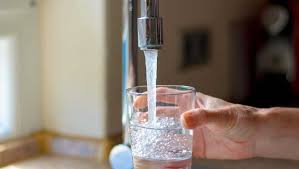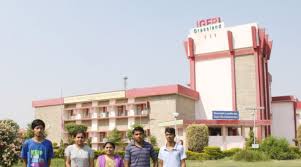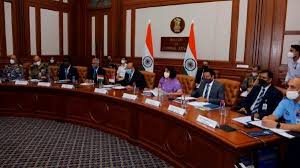
The Bureau of Indian Standards (BIS) has prepared a draft standard for the drinking water supply system, which aims to act as a “benchmark” for maintaining water quality and developing a uniform process for states opting to implement it.
Daily Current Affairs Quiz 2020
Key-Points
Labelled ‘Drinking water supply quality management system — requirements for piped drinking water supply service’, the draft has been prepared by the BIS’ Public Drinking Water Supply Services Sectional Committee.
It outlines the process of water supply, from raw water sources to household taps, and has been developed keeping in view the Centre’s Jal Jeevan Mission for providing safe and adequate drinking water to all rural households by 2024 through tap connections.
It states that after treatment the drinking water should conform to the Indian Standard (IS) 10500 developed by the BIS.
The concept of district metering area (DMA) should be adopted where possible. DMA is a concept for controlling leakages in the water network, which is essentially divided into a number of sectors, called the DMAs, and where flow meters are installed to detect leaks.
Water should be sampled at the treatment plant every four hours against quality parameters. In the distribution system, the sampling should be done every eight hours at the water reservoirs. Random sampling should also be done at household levels.
A Water Audit should be conducted on a quarterly basis. Water audit is a calculation of the amount of water put into distribution against the amount that is consumed.





